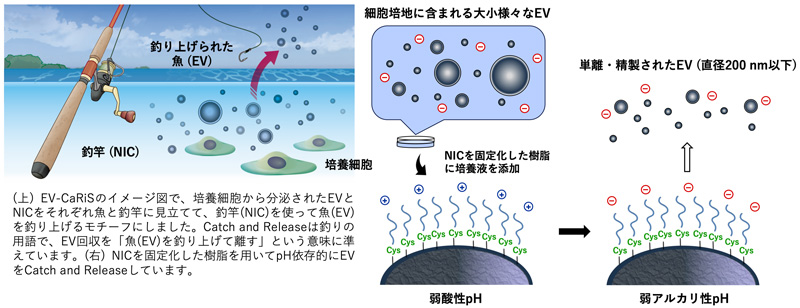2024-02-26 スウォンジー大学
<関連情報>
- https://www.swansea.ac.uk/press-office/news-events/news/2024/02/new-study-uncovers-the-importance-of-deepwater-ecosystems-for-endangered-species.php
- https://www.science.org/doi/10.1126/sciadv.adl2838
人里離れた水中堤防や中深海の生態系は、絶滅の危機に瀕する海洋メガファウナにとって重要な生息地を提供することができる Remote submerged banks and mesophotic ecosystems can provide key habitat for endangered marine megafauna
GRAEME C. HAYS, JACQUES-OLIVIER LALOË, JEANNE A. MORTIMER, ALEX RATTRAY, […], AND NICOLE ESTEBAN
Science Advances Published:21 Feb 2024
DOI:https://doi.org/10.1126/sciadv.adl2838

Abstract
The importance of some ecosystems remains poorly understood. We showed that mesophotic ecosystems (30 to 150 m) are a key habitat for a critically endangered species, with strong evidence that a globally important population of adult hawksbill turtles (Eretmochelys imbricata) almost exclusively foraged at these depths on remote submerged banks. This discovery highlights the need for such areas to be included in conservation planning, for example, as part of the United Nations High Seas Treaty. We equipped nesting turtles with Fastloc-GPS (Global Positioning System) satellite tags at an Indian Ocean breeding area and they all traveled to deep foraging sites (6765 days of tracking data across 22 individuals including 183,921 dive-depth measurements) rather than shallow coral reef sites. Both chart depths and depth data relayed from the tags indicated that turtles foraged at mesophotic depths, the modal dive depths being between 35 and 40 m. We calculate that 55,554 km2 of the western Indian Ocean alone consists of submerged banks between 30 and 60 m.


